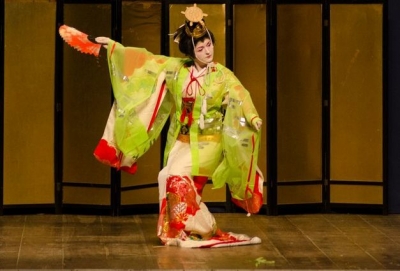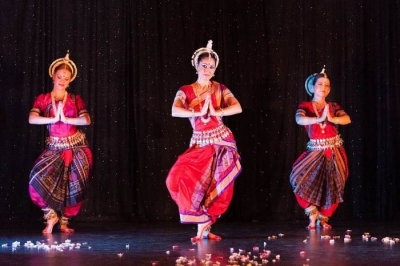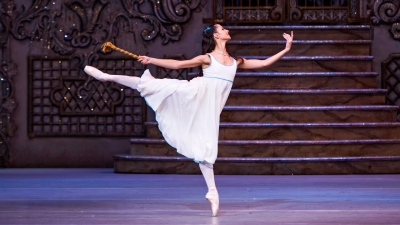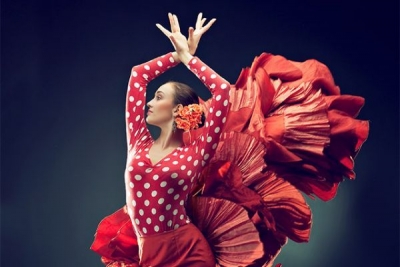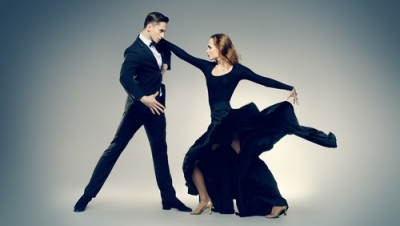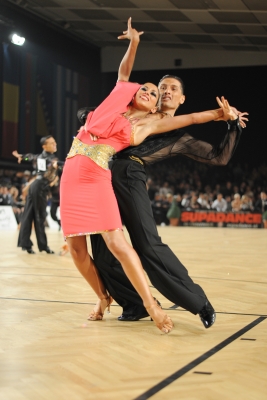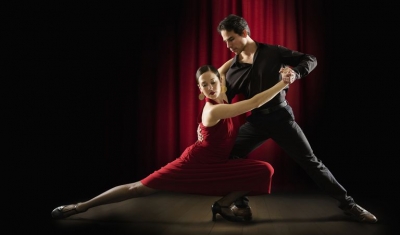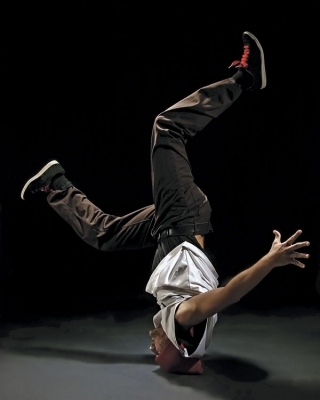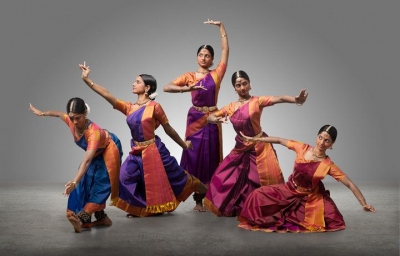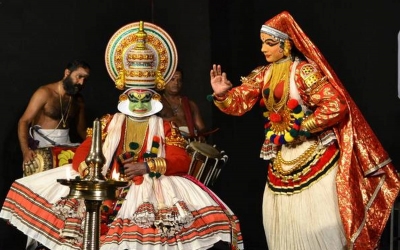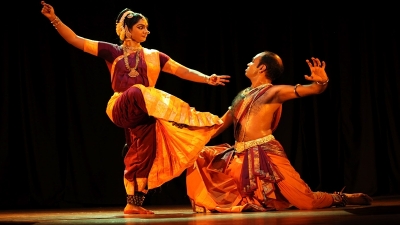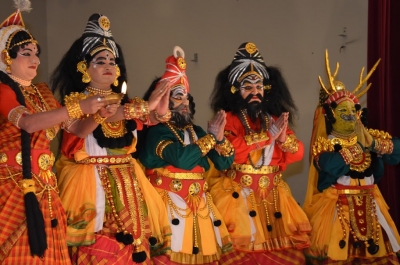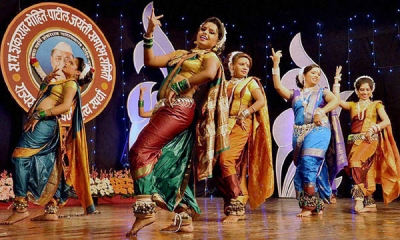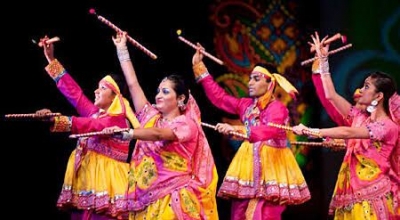Which is the Indonesia’s traditional lion dance used as a storytelling device to depict the triumph of good over evil?
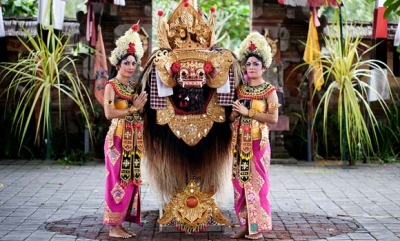
In Balinese mythology, Barong is a prominent character taken the form of a lion, regarded as the King of the Spirits who represents Virtue. Barong is seen as ‘a guardian angel’. Opposing Good is represented by another mythical creature called Rangda (‘widow’ in Javanese), the Queen of Demons. Rangda leads an army of evil witches against the leader of the forces of Good. As a mirror of life, the Barong Dance portrays the two characters involved in a never-ending battle.
Balinese people believe each region has its own protective spirit for its forests and lands. For each region, Barong is modeled after a different animal. Barong Ket (Lion Barong) is the most common type found in almost every part of the Island. While Barong Buntut is a type of Barong which only features its front, usually performed by a single dancer. Other types of Barong include Barong Landung (Giant Barong), Barong Celeng (Boar Barong), Barong Macan (Tiger Barong), Barong Naga (Dragon/Serpent Barong).
Regular Barong dance performances can be found in many places in Bali, however, the most popular are performed by the Batu Bulan villagers in the district of Gianyar, or at Kesiman, Denpasar.
Picture Credit : Google
